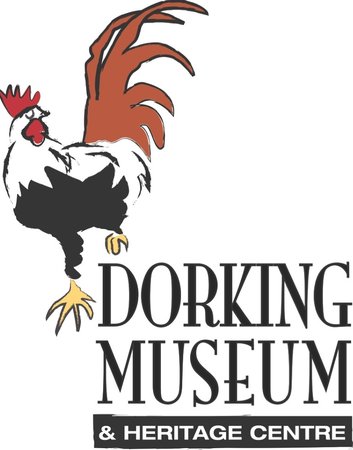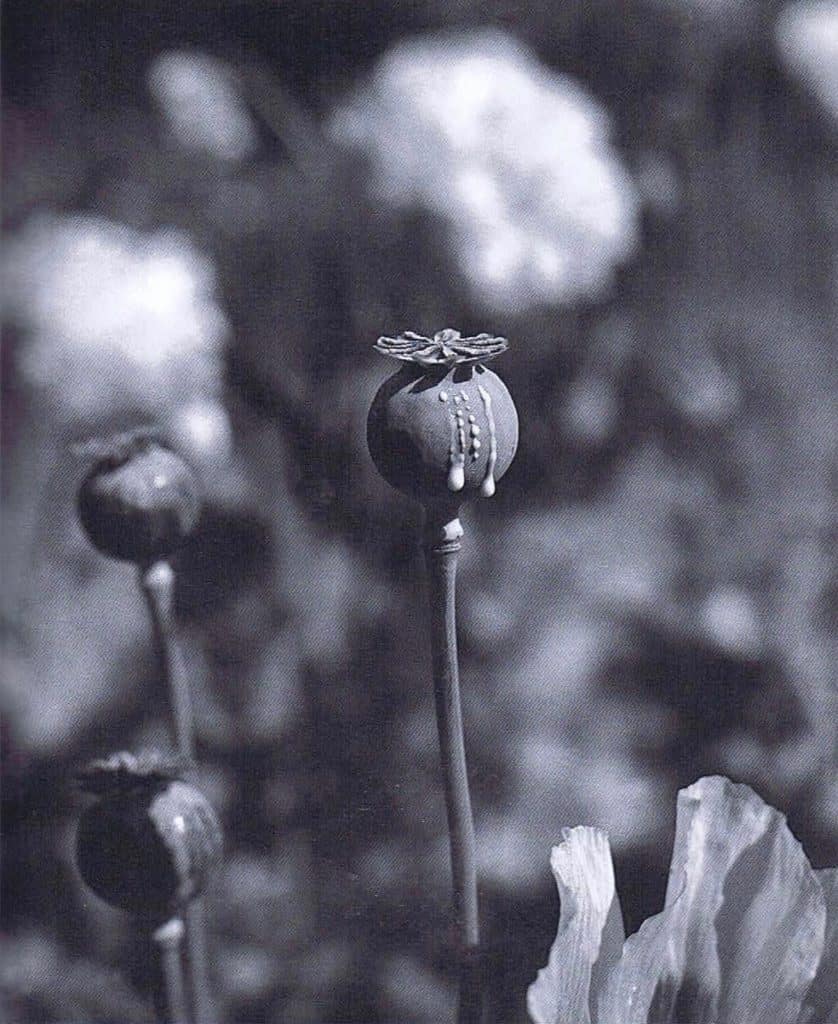
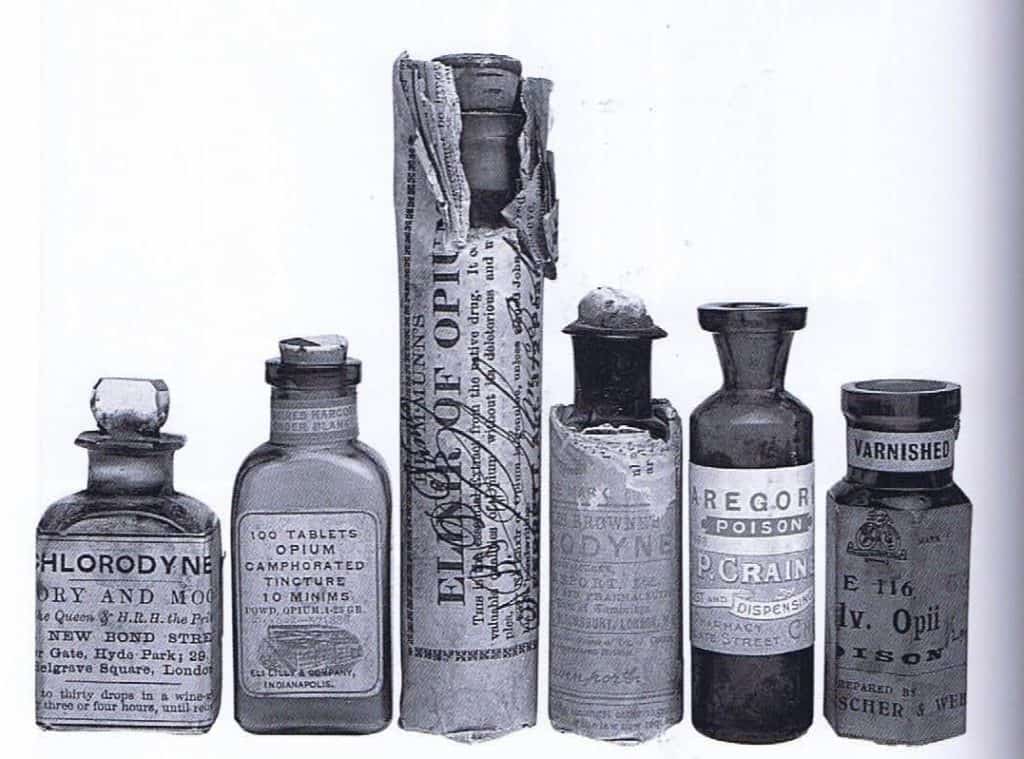
A selection of opium-based medicenes. Originally a treatment against cholera, chlorodyne – also known as ‘old chicory’ – was for a long time the market leader.
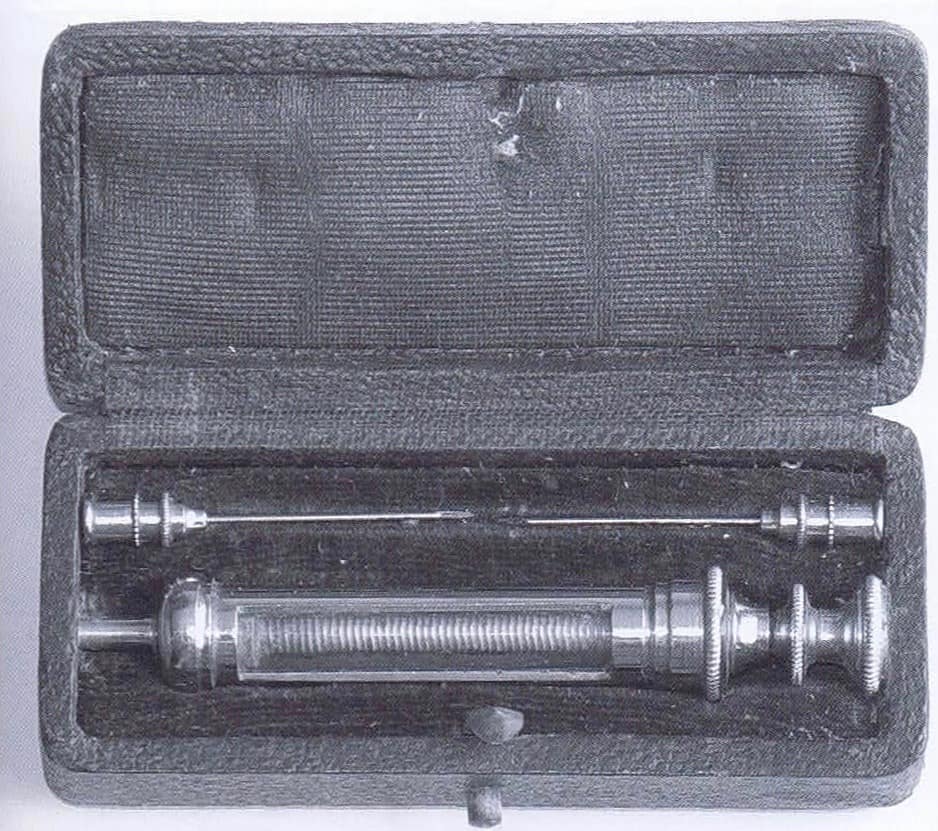
A morphine injection set. Harrods advertised morphine sets in October 1914 as ‘an ideal Christmas gift to friends at the Front’
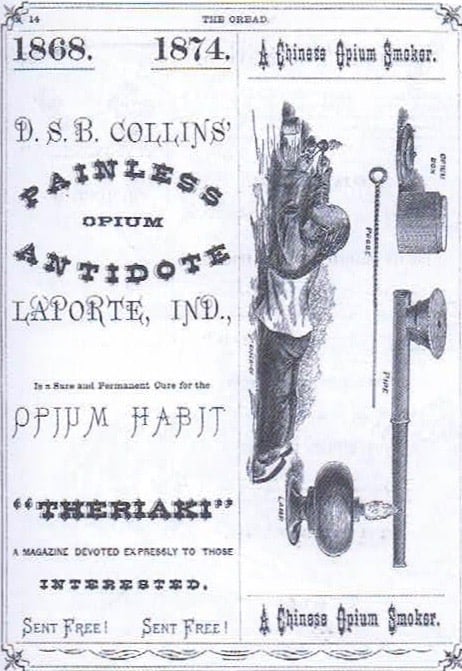
Advertisement for a ‘sure and permanent cure for the Opium habit’. The advertiser was ‘Professor’ Samuel Collins of Indiana, a bricklayer who sold cures by mail order. The contents of his ‘personalised’ remedies were never revealed.
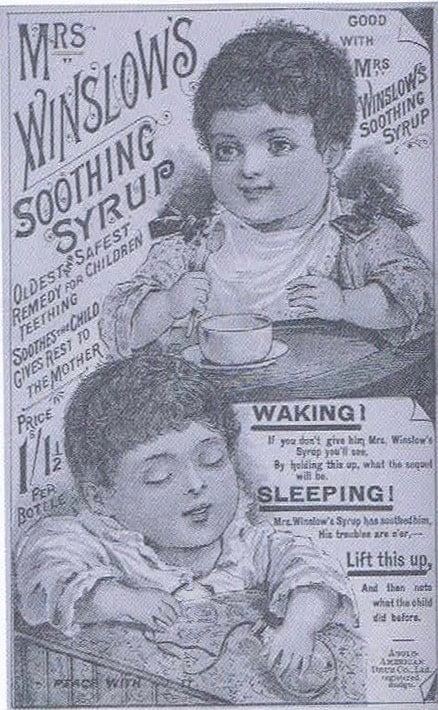
Advertisement for Mrs Winslow’s Soothing Syrup, a baby ‘calmer’. Opium-based baby-calmers were sold in the US and in Europe. English brands had an international reputation.
Last : The Poppy as a Drug
Next : Dorking in the Holocaust
